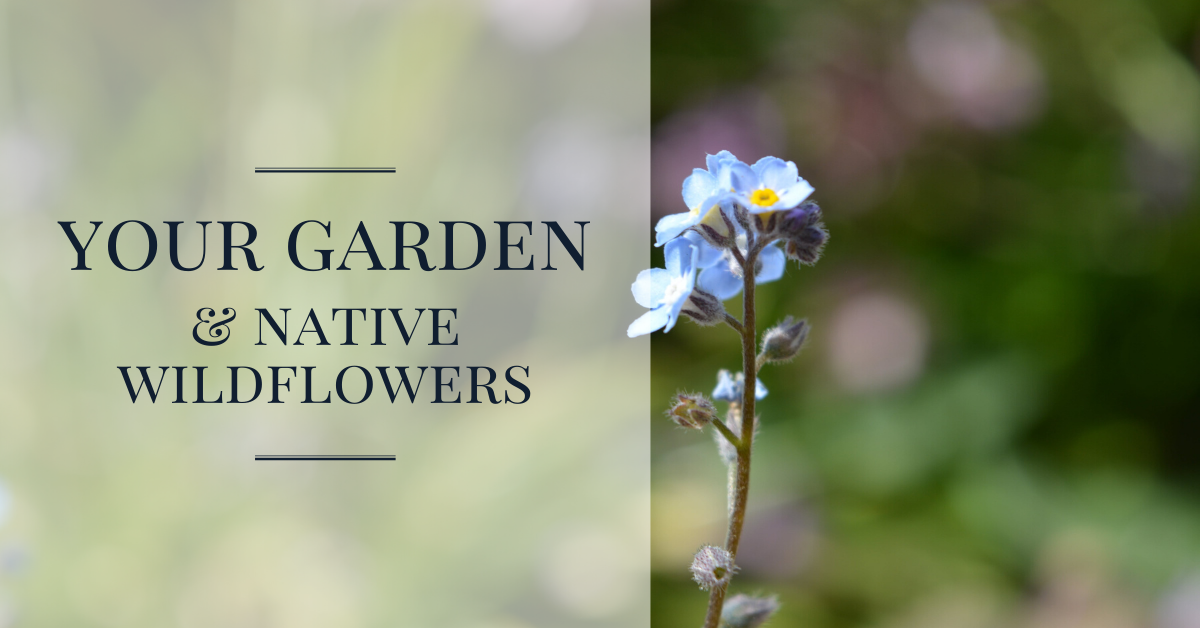
Native wildflowers can be a wonderful addition to your garden. They will attract local wildlife (most specifically bees and butterflies), are more likely to adapt to the climate and are generally trouble free.
Here are some suggestions for some native wildflowers which can add colour and interest, and thrive in your garden!
 Dog Rose (Rosa Canina) – this flower has a light, delicate scent throughout the summer. A fast-growing, dense plant which is perfect for supporting wildlife including birds, butterflies, bees and hedgehogs.
Dog Rose (Rosa Canina) – this flower has a light, delicate scent throughout the summer. A fast-growing, dense plant which is perfect for supporting wildlife including birds, butterflies, bees and hedgehogs.- Foxglove (Digitalis purpurea) – this native European plant has tubular purple flowers. This grows well in shady spots and attracts bumblebees.
- Primrose (Primula vulgaris) – the traditional British primrose has pale yellow heads. The leaves can prove a popular food for caterpillars, encouraging butterflies to the plants throughout the spring and summer. This can flower as early as December, given the right climate – perfect for adding some early colour to your garden.
- Corn cockle (Agrostemma githago) – traditionally seen in cornfields in summer, this flower bears pink flowers throughout the height of summer. This plant thrives in most soils.
- Wood anemone (Anemone nemrosa) – a traditional woodland plant, which flowers in early spring. This has delicate white-petaled, star-shape flowers and will grow well around the base of trees.
 Pasque flowers (Pulsatilla vulgaris) – this beautiful spring flower traditionally flowers around Easter. The flowers are light purple; cup-shaped to begin with and then developing into a star shape. These thrive in south facing raised beds, and ideally in a more alkaline soil. The pasque flower is protected but is declining in the wild. In the right conditions, this plant can self-seed – leave the seed heads if you would like your patch to grow year on year.
Pasque flowers (Pulsatilla vulgaris) – this beautiful spring flower traditionally flowers around Easter. The flowers are light purple; cup-shaped to begin with and then developing into a star shape. These thrive in south facing raised beds, and ideally in a more alkaline soil. The pasque flower is protected but is declining in the wild. In the right conditions, this plant can self-seed – leave the seed heads if you would like your patch to grow year on year.- Forget-me not (Myosotis sylvatica) – a traditional biennial wildflower, with delicate stems and flowers, which will grow best in shade. This is another wildflower with leaves which attract caterpillars; butterflies will be attracted early in the season.
If you have a regular gardener, you will be able to ask them what wildflowers will be best suited for your garden. Alternatively, we have articles that will help make your decisions a little easier.
Contact Us:
If you need help with your garden, and you live in South Cheshire, North Staffordshire, or parts of Derbyshire & Shropshire we would be happy to assist you. Blue Iris Landscapes provide both regular garden maintenance and one-off visits to get your garden back in top shape. Get in touch!
Related Articles
For more articles like this, visit our news page.
